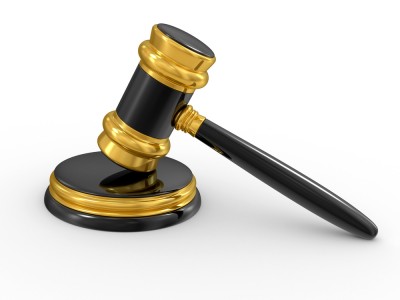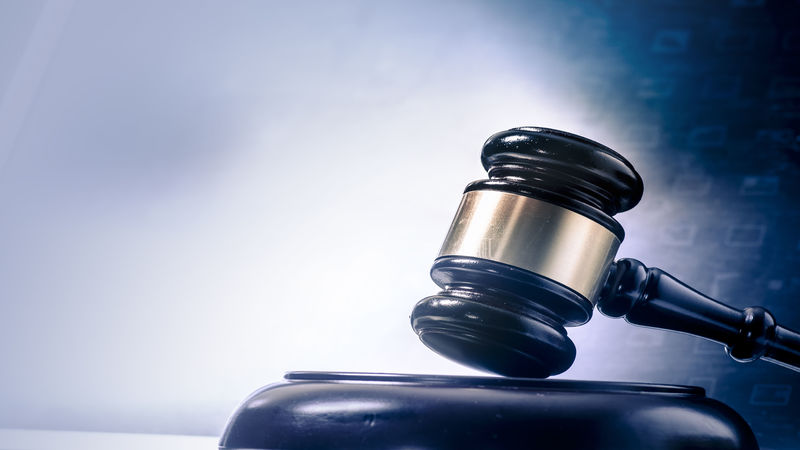Most people hope all products put on the market and sold to the public are safe to use for their purpose. Regrettably, that’s not always the case. Product liability laws were put in place to hold distributors, suppliers, retailers, manufacturers and other establishments making and selling products accountable when those products cause harm. The law protects those who have been injured from tangible items. Since there are so many different kinds of goods sold to the public, the complexity involved in proving certain products are harmful differs as well. The individual who used a product may know exactly how it inflicted harm, but obtaining evidence of it can be much harder.
Product liability laws rely on substantiated proof for claims to be successful. Pursuing a claim without a lawyer is a burdensome task for the average individual. A lawyer who is trained in the field is well versed in all facets of product liability laws. They are well aware of the endeavors required to build a successful case. They also know what needs to be done to gather facts that prove a product is not fit to be used for its intended purpose. Some of the most frequently filed claims are those of design defects, failure to warn and manufacturing defects. Manufacturing defects usually happen when there’s a problem in the way a product was made. Negligent can be involved with this too because the manufacturers could have failed to conduct the appropriate tests for product safety. Failure to warn is omitting certain risks in using a product or leaving out important details in the instructions for safe use of a product.
Defective drugs show up on the market more often than most would think. Pharmaceutical companies have done this by putting a drug on the market knowing it has potential side effects that are too dangerous. There are many tests and laboratory processes that must be done to prove a drug is safe and effective. There are times when manufacturers of pharmaceutical drugs skip on the legal obligations they have in making sure their products are safe. In order to prove a drug is defective, the investigation process entails going back to see exactly how it was made and what tests were required to ensure its safety.


